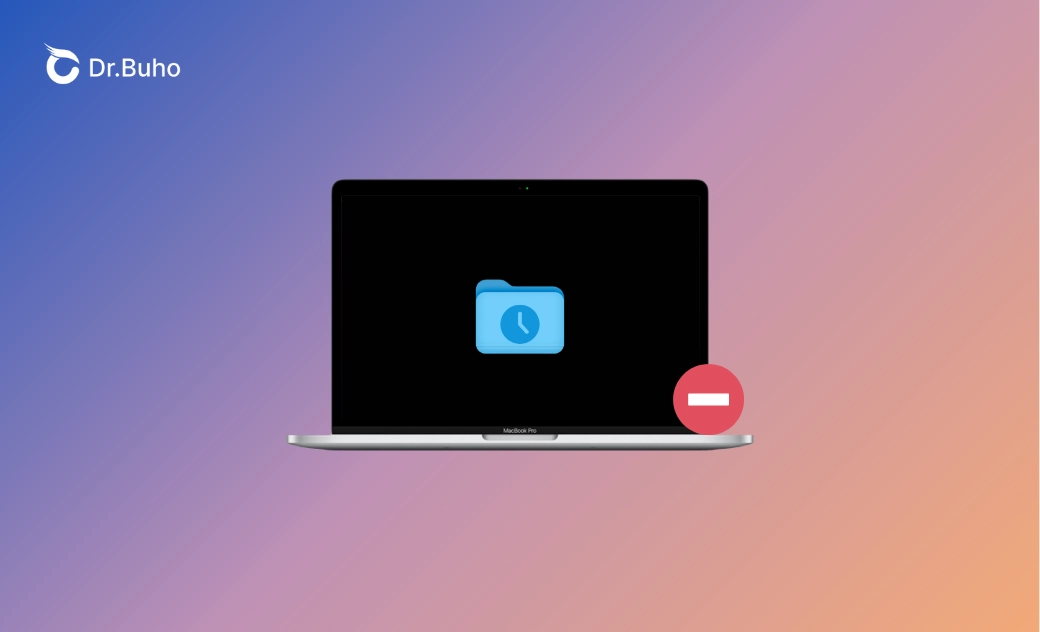Mac Recents Folder: Can You Clear It and How?
If you're wondering whether you can clear the Recents folder in Mac Finder, you've landed in the right place. This blog post will explain what the Recents folder in Mac Finder is and tell you how to get rid of it. Read on!
Have you ever noticed the Recents folder in Mac Finder? Do you know what it is and whether you can delete it from your Mac?
This guide aims to help you. Here, you'll learn what the Recents folder is in the Mac Finder and get some tips for preventing it from showing up in the Finder.
What is the Recents Folder in Finder on Mac?
The Recents folder on your Mac displays recently accessed files or applications, allowing you quick access to your most used items.
It can be found in Finder's sidebar. If you don't see it, click the Finder menu, select Settings > Sidebar, and check Recents.
Can You Delete the Recents Folder on Your Mac?
No, you cannot delete the Recents folder on a Mac. The Recents folder built into Finder is a smart folder that automatically displays files you’ve recently accessed. However, you can hide it from your sidebar if you don’t want to see it.
What Happens When You Delete Recents on Your Mac?
If you delete a file from the Recents folder, it will be deleted from its original location on your Mac.
How to Clear Recents on Mac/MacBook
Deleting Recents on Mac or MacBook can help protect your privacy and organize your Mac. Here’s how to do it:
From Finder:
- Open Finder.
- Click on "Recents."
- Select the unwanted files and right-click them. See how to multiply select files on Mac.
- Choose "Move to Trash."
From the Apple Menu:
- Click on the Apple menu and select "Recent Items."
- Click "Clear Menu" at the bottom.
How to Remove the Recents Folder from Mac Finder's Sidebar
If you want to stop Recents from showing on your Mac, follow these steps:
- Open Finder.
- Control- Click on Recents in the sidebar and select "Remove from Sidebar".
Alternatively, you can click the Finder menu, select Settings, switch to the Sidebar tab, and uncheck "Recents".
Bonus: How to Quickly Free Up Disk Space on Your Mac
The Recents folder merely shows the files and folders you’ve recently accessed; it does not contain actual files or data but serves as a record or shortcut. That's why it doesn't use your extra space.
However, if you frequently use a lot of files or applications, they may consume storage space on your Mac. It’s recommended to use tools like BuhoCleaner to free up space on your Mac. Click the button below to have a try.
What BuhoCleaners can do for you:
- Find and delete unwanted files in bulk, such as cache files, logs, and DMG files.
- Completely remove rarely used applications along with related files.
- Delete large files and duplicate files.
- Manage startup programs and services to improve Mac boot speed.
- Cleaning toolkit, such as disk space analysis, file shredder, memory cleaner, etc.
- Monitor Mac system status in real time from the menu bar.
Final Words
By now, you should understand how the Recents folder works in Mac Finder. If you delete files from it, they’ll be removed from their original locations too. To avoid accidentally deleting files, it’s best to hide the Recents folder from your Finder.
By the way, the BuhoCleaner we mentioned is ideal for keeping your Mac clean and optimized. If you haven't tried it yet, click the button below to give it a shot!
Jerome is a passionate enthusiast of all things Apple. He is expertise in crafting tech-related articles, with a portfolio of more than 100 articles covering various Apple products like the iPhone, iPad, and Mac.
